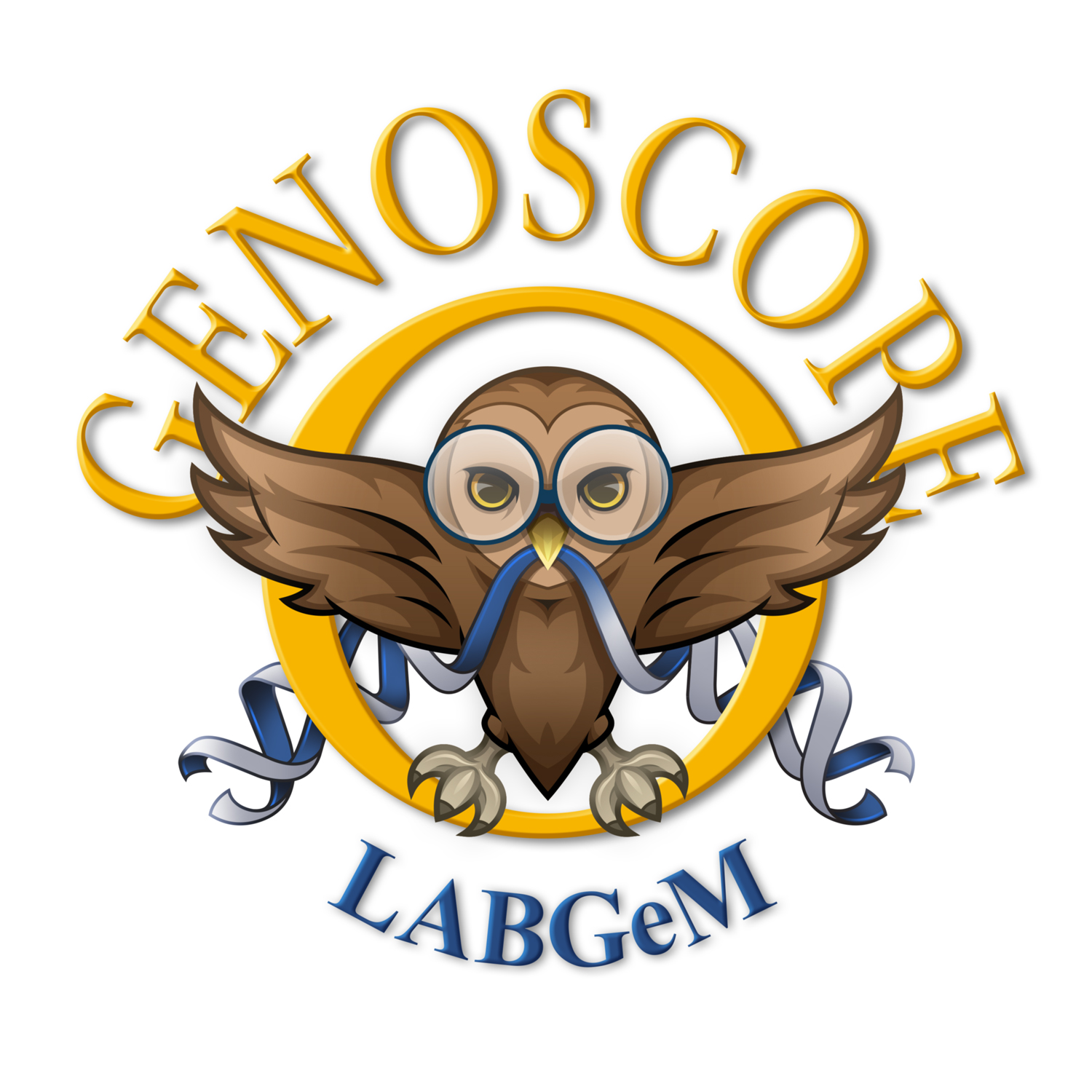Sulfation is a crucial modification found in nearly all prokaryotic and eukaryotic organisms which drastically changes the physicochemical and biological properties of compounds. Sulfated biomolecules are highly diverse in structure and function. Sulfatases are key enzymes in sulfate metabolism, catalyzing the removal of sulfate groups according to hydrolytic or oxidative mechanisms (sulfuric ester hydrolases EC 3.1.6.-, sulfamidases EC 3.10.1.- and dioxygenase EC 1.14.11.-). With the explosion of genomic data, the gap between new sequences and characterized enzymes was increasing and annotation of sulfatase sequences was prone to errors. In 2016 Barbeyron et al. created the SulfAtlas database that proposes a classification system of sulfatases based on sequence homology, allowing a better prediction of substrate specificity [1].

SulfAtlas (https://sulfatlas.sb-roscoff.fr/) is a knowledge-based resource dedicated to a sequence-based classification of sulfatases [2]. It is associated with a freely-accessible search engine using Hidden Markov model (HMM) for each (sub)family, SulfAtlas HMM. SulfAtlas HMM has been developed in collaboration with the LABGeM and has been incorporated to the MicroScope functional pipeline. Result predictions are available in the gene editor and they can be queried using the Search by keyword functionality.
- T. Barbeyron, et al. Matching the Diversity of Sulfated Biomolecules: Creation of a Classification Database for Sulfatases Reflecting Their Substrate Specificity. PLoS One. 2016; 11(10): e0164846. doi: 10.1371/journal.pone.0164846
- Mark Stam et al., SulfAtlas, the sulfatase database: state of the art and new developments, Nucleic Acids Research, Volume 51, Issue D1, 6 January 2023, Pages D647–D653, https://doi.org/10.1093/nar/gkac977
